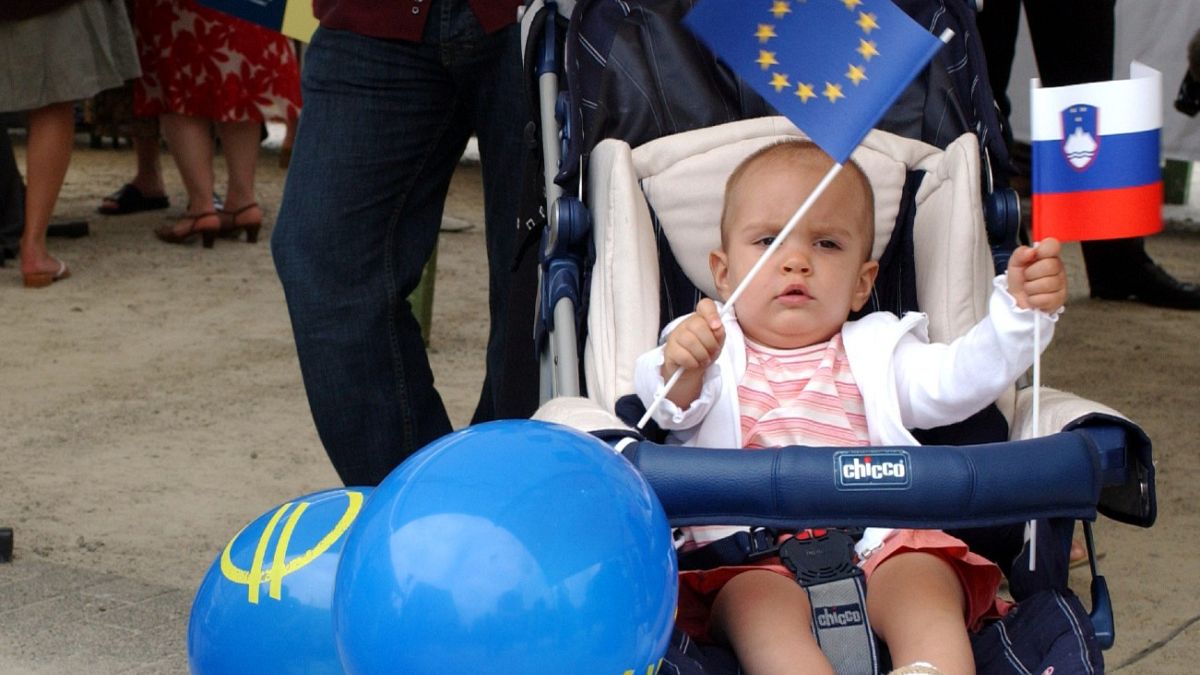The natural population change — the difference between live births and deaths — tanked in 2020 to -2.5, likely due in part to the pandemic which has claimed the lives of over a million people across the EU.
The European Union's population is decreasing, the latest official figures show.
According to Eurostat's annual Demography of Europe report released on Thursday, the number of people living in the 27-country bloc fell by 278,000 in the 12 months to 1 January, 2021, to reach 447.2 million.
The fall in population comes after nearly two decades of growth. In 2001, there were 429 million people across the Union.
The natural population change — the difference between live births and deaths — tanked in 2020 to -2.5. This is likely due to COVID-19 as the pandemic has so far officially claimed the lives of about 1.09 million people across the EU.
But the natural population change in the bloc has actually been negative since 2012 as fewer live babies get born — the rate has gone from 10.2 live births per 1,000 population in 2001 to 9.1 — while the death rate has increased over the same period.
People over the age of 65 now make up a fifth of the bloc's population, while the number of those aged 80 and over has doubled over the past two decades from 3% in 2001 to 6%. Meanwhile, the number of people under the age of 19 decreased from 23% in 2001 to 20% in 2021.
Eurostat's data also reveals that there are about 5% more women than men and that the ratio is particularly skewed in the Baltics. The female populations in Latvia, Lithuania and Estonia are 16%, 13% and 10% higher than the men's respectively.
There are, however, member states that count more men than women. These are Malta, Luxembourg, Sweden and Slovenia.
Women also live on average 5.6 years longer than men. Provisional data for 2021 puts the life expectancy at birth at 82.8 years for women and 77.2 years for men.
Watch our video report in the top player above for more.
